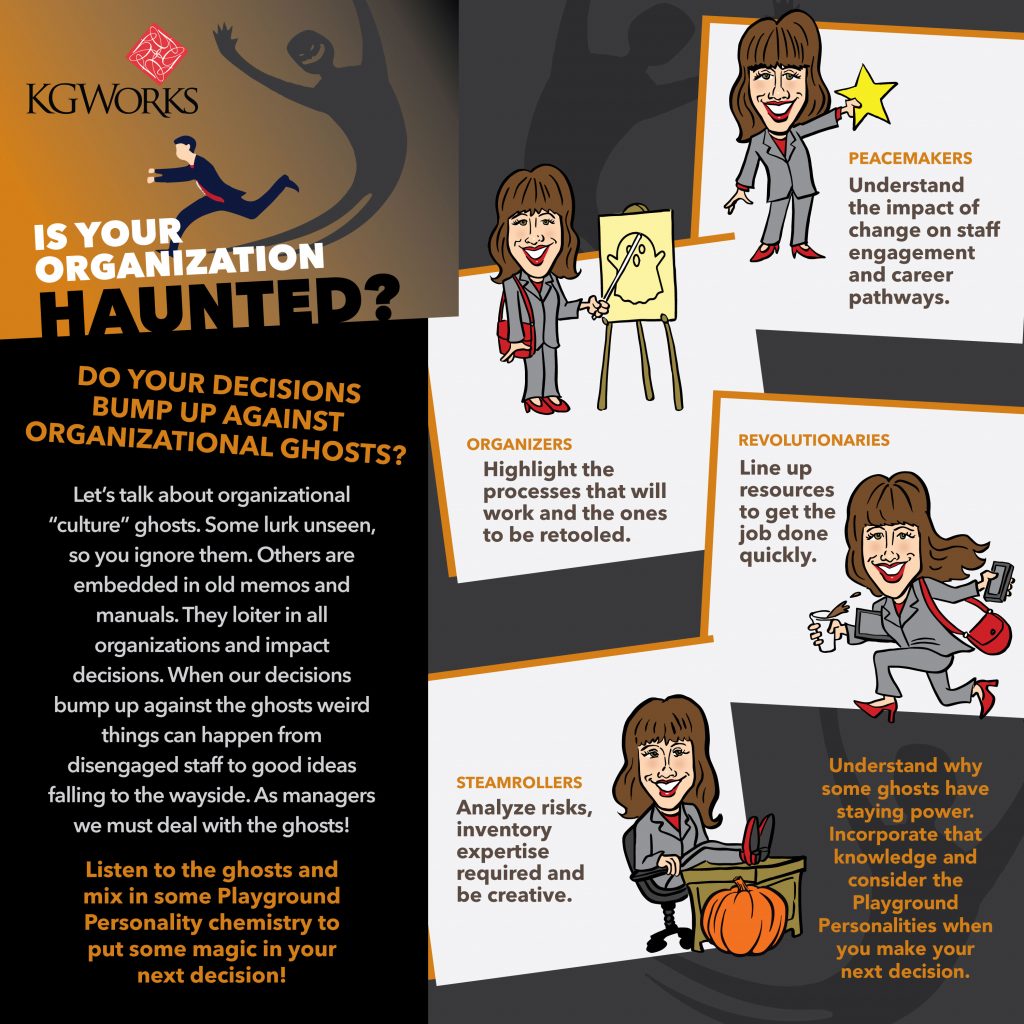Publication 15, Issue 2
Spring is the season for “makeovers” – body, house, clothes, so why not management styles? When we think about undertaking a makeover, what motivates us? We’re bored with the paint in the family room, we’re tired of our wardrobe, we’re just not happy with something. So what’s bugging you about your management style?
Yes, I’m sure there’s something bugging you – you just have to admit it! Here’s some help if you’re stuck. Do you find yourself saying “If only I could change this person or that policy, things would be better!” or “I’ve tried to get through to this person countless times, and he doesn’t get it!” or “I’m usually disappointed with my staff’s progress on projects.”? Yikes! Maybe it’s time for a management makeover – something that you can do that looks and feels different – so the staff on your team is more motivated and productive. Of course, there’s a first step in the process. Hmmm…what could that be? Taking a look at yourself first; engaging your self-awareness!
It’s often easy to see the fault in something or someone…it’s not so easy to see those things in ourselves. I have two questions to help you get started on your management makeover:
- If I had a wish to makeover something about my management style, what would it be?
- What’s stopping me from moving forward?
Don’t freak out if you don’t have answers to these questions on the tip of your tongue. You aren’t supposed to. These questions aren’t easy to answer, but the fact that you would ponder them means you’re on track to making a management makeover! So what to do? First, alone or with trusted advisors, brainstorm things that bug you about your management style. Do you tend to rush to judgement, get impatient? Are you quick to place blame or dismiss people when you’re bored? Second, review the results and start making connections between those elements of your management style that aren’t working and what’s in the way of your moving forward with a “makeover.”
You know there’s work involved in makeovers, right? The first step – acknowledging that something about your management style isn’t resonating with your team – is the hardest and requires courage. Even small, veneer-like changes can come with stress and conflict. The new color of the family room may have had you at swords points with your partner! But here’s the beauty of a management makeover: you’re the only one you have to please, convince, negotiate, or influence! The benefit is that others will experience a “new you” as a manager and want to engage even more!
The management makeovers will take different paths depending upon what motivates you. Here are some tips for the Playground Personalities:
For the Peacemaker, it might be…stop taking things so personally at work. If someone doesn’t do “the right thing,” it’s not on you; it’s the other person’s responsibility.
For the Organizer, it might be…stop making these exhaustive lists that even Hercules couldn’t accomplish. Figure out what’s going to move the needle quickly, and do that one thing!
For the Revolutionary, it might be…stop taking assignments with impossible deadlines and stressing out your staff!
For the Steamroller, it might be…pay attention to other people’s feelings, opinions, and ideas, and perhaps rethink your own!
Are these really quick fixes? Probably not. Even after we spend a ton of money on paint and a painter for that family room job, we might say, “Oh, it has to grow on me. It looked different in the store.” Most of the time we come to the edge of embarking on a makeover, but back away because change, especially behavioral change, is hard work. We look at the “old soft shoe” we’ve become and it’s comfortable. But the reveal in a makeover is that usually something great happens – not immediately, but over time. We have to be able to figure out what we want to makeover first, remove the barriers that are holding us back, and go for it. There’s no “secret sauce.” Whatever that makeover looks like for you is all a personal choice!
Have fun exploring!

